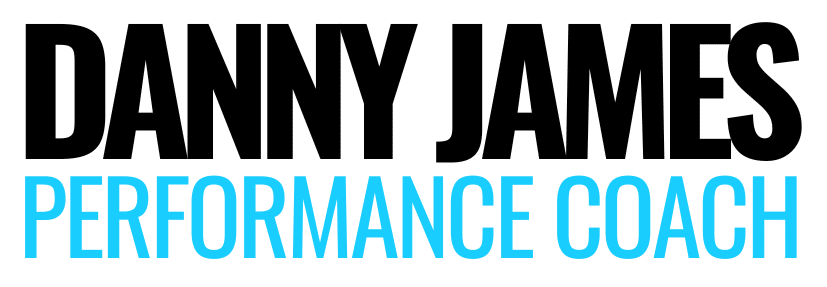Well-executed medicine ball throws are one of the more fluid and majestic things you'll ever see in a gym. There is something about seeing the body move with both savagery and precision that inspires me. I believe at the intersection of these two roads, this is where real mastery lies.
It's always uplifting to hear that sound from across the gym, of somebody popping away with a personal purpose. It's an echo of unbridled effort. The pounding of long-dormant primal instincts awakened at last. A revolt against inertia.
And yet a reminder, that we can still move with intent in our daily lives.
So, in my view:
The number one piece of equipment that every gym should have is a large wall area to throw medicine balls.
With a lower learning curve in comparison to plyometric or Olympic lift derivatives, medicine ball throws are a far more accessible way to develop whole-body power.
As far as ROI, you get co-ordination, high-speed muscle activation, maintain or enhance reactive strength, and the ability to own your place against shifting postural disturbances.
For the coach on a budget, medicine ball throws are also a cost-effective means to both test and train for explosiveness, without the need for more advanced protocols.
And, while the benefits in athletic development are obvious, there are also big wins for the wider population.
Power is of particular interest in research on aging adults due to its links to reduced functional performance. Power quickly declines with age, we lose it faster than the rate at which we lose muscle mass. This drop in power output can lead to slower reaction time and an increased risk of falls.
Related: Strength Training could Save Your Life
In Closing
It is increasingly vital for all of us to incorporate exercises that enhance strength and power qualities, for life. To help combat not only age-related power loss but to maintain health, functional independence, and quality of life as well.
Some Thoughts on Technique
- Shift from the outside foot to the inside foot. Drive into the ground through the hip, trunk and out through the upper limbs.
- It's sequential like a whip. Each segment accelerating the next.
- Load and explode. Coil and kill.
It seems where there is a rapid cocking phase in mid-range, the more devasting the impact. That's the aim. Save the slow and drudgery for your strength work, this is about the strength you need quickly. - The ball needs to be light, moving fast, and your intent is pure violence.
Reference
1. Validity and Reliability of a Medicine Ball Explosive Power Test. Stockbrugger and Haennell, 2001.
2. The Seated Medicine Ball Throw as a Test of Upper Body Power in Older Adults. Harris et al, 2011








[…] An Acceptable Form of Violence […]
[…] Throw/catch […]
[…] other is to create force by initiating trunk movement. Such as with rapid trunk flexion when throwing or kicking. Crunches and leg-raises if we’re going by named […]